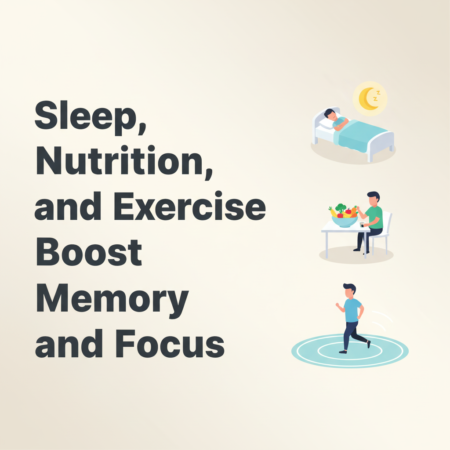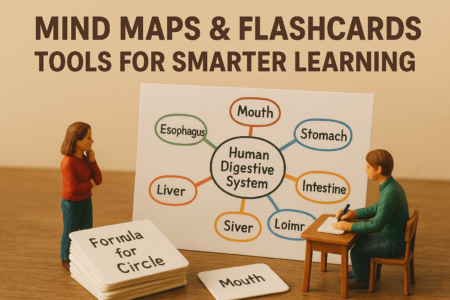Introduction
Multiple-choice exams are a common assessment method used in educational settings, from school tests to standardized exams. These exams often require test-takers to select the correct answer among several options. While multiple-choice questions may seem straightforward, mastering them is crucial for academic success. In this article, we’ll delve into effective strategies for excelling in multiple-choice exams. Whether you’re a student preparing for your final exams or a professional taking a certification test, these strategies will help you approach multiple-choice questions with confidence and precision.
Understanding Multiple Choice Exams
Multiple-choice questions consist of a stem (the question or statement) and a set of options or answer choices. These exams are designed to assess your knowledge and comprehension of the subject matter. They can vary in complexity, with some questions requiring you to select the single best answer, while others may allow for multiple correct answers. Understanding the format and structure of multiple-choice questions is the first step in preparing effectively. Additionally, it’s essential to know how these exams are scored. In most cases, you’ll receive a point for each correct answer, and there is no penalty for incorrect answers. This scoring system encourages you to attempt every question, even if you’re unsure of the answer.
Effective Test Preparation
Effective preparation is the foundation of success in multiple-choice exams. Begin your study process well in advance to avoid last-minute cramming. Create a study schedule that allocates sufficient time for each subject or topic you need to cover. Organize your study materials, textbooks, notes, and any supplementary resources you plan to use. Active learning techniques can significantly enhance your understanding of the material. Summarize key concepts, create flashcards, or take practice quizzes to reinforce your knowledge. Remember that consistency and regular review are key to retaining information.
Time Management Techniques
- Prioritization: Start by identifying the most crucial tasks and topics you need to cover for your multiple-choice exam. Focus on what’s essential to optimize your study time.
- Create a Study Schedule: Develop a detailed study schedule that includes specific time slots for different subjects or topics. This schedule will help you stay organized and ensure you allocate enough time to each area.
- Use Timers: Implement the Pomodoro Technique, a time management method that involves studying for a set amount of time (e.g., 25 minutes) followed by a short break. This approach can enhance productivity and help avoid burnout.
- Set Objectives: Define clear and attainable objectives for each study session. Having a specific target for what you want to achieve in a set period can help you maintain concentration and stay driven.
- Avoid Procrastination: Overcome procrastination by breaking your study sessions into smaller, manageable tasks. Tackle one task at a time to prevent feeling overwhelmed.
- Utilize Technology: Leverage productivity apps and tools to track your study time, set reminders, and access helpful resources. There are various apps designed specifically for time management and study planning.
- Remove Distractions: Recognize the typical disruptions in your study surroundings and implement measures to reduce them. This could involve disabling notifications on your devices, locating a peaceful study location, or utilizing noise-cancelling headphones.
- Regular Reviews: Periodically review your study schedule and progress to ensure you’re staying on track. Adjust your plan as needed to address any challenges that may arise.
- Stay Consistent: Consistency plays a pivotal role in efficient time management. Adhere to your timetable as closely as you can and cultivate a daily study routine.
- Balanced Breaks: Incorporate short breaks during your study sessions to recharge your mind and prevent mental fatigue. These breaks can help you maintain focus and absorb information more effectively.
Test-Taking Tips and Strategies
- Read Carefully: Begin by reading each question and answer choice thoroughly.
- Process of Elimination: Reduce the possibilities by removing clearly incorrect answers.
- Analyze Keywords: Pay attention to keywords in questions that may hint at the correct answer.
- Use Prior Knowledge: Rely on your knowledge when a question stumps you.
- Watch for Traps: Beware of distractors, or answers that seem plausible but are incorrect.
- Mark and Return: If uncertain, mark questions to revisit later.
- Answer Every Question: Don’t leave any questions blank; make educated guesses if necessary.
- Manage Time: Keep an eye on the clock and allocate time appropriately for each question.
- Review Your Work: If time allows, go back and double-check your answers.
Dealing with Test Anxiety
Test anxiety is a common issue that can affect performance on multiple-choice exams. It’s essential to recognize the signs of anxiety, such as nervousness, rapid heartbeat, or difficulty concentrating. To manage test anxiety, practice relaxation techniques such as deep breathing or mindfulness meditation before and during the exam. Taking short breaks to stretch or go for a walk can also help alleviate stress. Remember that some anxiety is normal and can even enhance your performance by keeping you alert. Embrace test-taking as an opportunity to showcase your knowledge and skills.
Practical Examples and Practice Questions
To put the strategies into action, it’s crucial to practice with real examples and test questions. This hands-on approach will help you become more comfortable with the format and improve your problem-solving skills. Try tackling sample multiple-choice questions from your study materials or online resources related to your subject. Remember, practice makes perfect. The more you familiarize yourself with different question types and subject matter, the better prepared you’ll be for the actual exam. So, dive into practice questions, challenge yourself, and watch your confidence soar as you become a multiple-choice pro!
Conclusion
mastering multiple-choice exams is possible with the right strategies. Understand the format, practice with examples, and refine time management and test-taking skills. Consistent practice and self-assessment are crucial. Approach exams with confidence, armed with effective strategies that lead to better scores and valuable skills for your academic journey and beyond.







